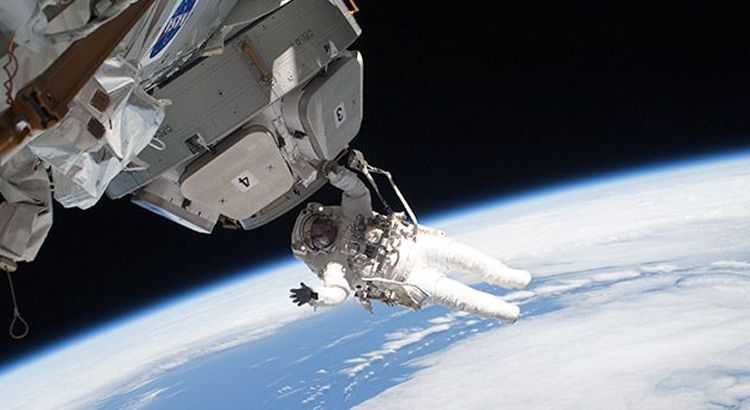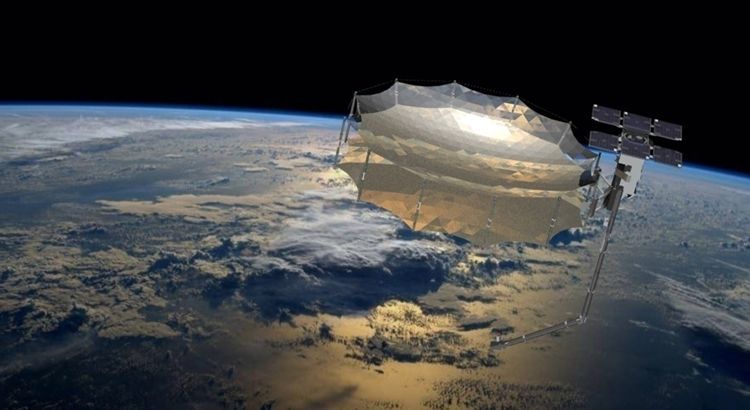
Simplifying space payloads with microelectronics
Mario LaMarche
September 26, 2023
These days it’s becoming rare to skim through the news headlines without seeing plans for new space technologies and their applications—constellations of satellites providing global internet coverage, commercial space tourism, and defense applications including communications and monitoring. In both the commercial and defense space domains there is a desire to streamline processing, increase reliability, and decrease costs, opening the doors to a host of new applications. Let’s take a look at a few very different technologies that are increasing the affordability and performance of satellite applications.
GaN Amplifiers for Space
In the satellite downlink subsystem, the signal is transmitted to a receiver on the ground. In order for this receiver to detect the signal, the satellite needs to maximize the transmit power. Traditionally, this has been accomplished using a traveling wave tube (TWT) amplifier. Using the same physics principles found in old-fashioned tube televisions, although with modern upgrades, these tube amplifiers generate hundreds, if not more, watts of RF energy.
However, tube amplifiers are not only expensive to build, they are also expensive to cool and launch into space. A new and much smaller solution is based on gallium nitride (GaN). Like silicon, GaN is a semiconductor material used in microelectronics. But not only can GaN support a much higher-power density, allowing more power to be processed in a smaller space while enhancing functionality and reducing system costs, GaN amplifiers are much more reliable than complex TWT amplifiers, making them a popular choice in many LEO constellations.
Radiation-Tolerant Data Processing and Recording Capabilities
Farther from the antenna is another example of a new technology that’s simplifying satellite system design. Unlike previous generations of satellites that just receive a signal and then transmit it, newer applications require satellites to process and store data on-orbit. This requires solutions that are rugged and capable of withstanding the radiation found outside the earth’s atmosphere. Processing complex data sets on orbit is faster and more efficient and leads to better use of signal bandwidth, as you are only sending the necessary data to the ground station for a more immediate, clearer picture of the environment at hand. Typically, these types of radiation-tolerant devices are custom built for each application, making them extremely expensive. To protect against the high radiation levels, some even use expensive heavy shielding material to launch into space, further increasing costs.
To address this need, there are now off-the-shelf radiation-tolerant processors and solid-state data recorders (SSDRs) with storage up to 4.5 T. By adopting open architecture standards, such an SpaceVPX that leverages the OpenVPX architecture, satellite designers are able to use a standard product, instead of requiring a custom design. Additionally, software programmability afforded by new space processing solutions allow for application-specific changes and augmentations to me made while in orbit.
To prevent having to use expensive and heavy shielding material, the latest generation of radiation-tolerant solutions use advanced error correction (ECC) algorithms that mitigate the risks of ionizing radiation without having to use physical shielding. This ECC technology can detect, correct, monitor and reduced data corruption for increased data reliability.
These examples demonstrate just some of the new technologies at the core of the new space economy. These cost-effective technologies are expanding opportunities for the commercialization of space and creating a path toward an increasing number of highly reliable space systems that will continue redefining how we communicate and access information across the globe.







 A new brand a year later
A new brand a year later Creating the next generation of mission computers
Creating the next generation of mission computers